Sus scrofa
Artiodactyla – Suidae
In the South-West of France where I live, Wildboars reach rarely over 120 kg.
In the East of Europe they can weigh up to 160 kg and in Turkey up to 400 kg; the latter are called Attila’s! Sexual maturity is achieved between the 8th and the 12th month of age as long as the wild sow weights a minimum of 35 to 40 kg.
Dans le sud-ouest, les sangliers atteignent rarement un poids supérieur à 120 kg; ailleurs, surtout au nord-est, ils peuvent atteindre 150 à 160 kg et en Turquie, les plus gros atteignent 350 à 400 kg… Ce sont les Attilas!La maturité sexuelle intervient entre le 8è et 12ème mois avec un poids minimum de 35 à 40 kg pour les laies.
Le Sanglier, animal symbolique et mythologique Une relation ambigüe s’est tissée depuis la nuit des temps entre lui et l’Homme. Chassé depuis la préhistoire, il a été haï autant qu’adoré pour les mêmes raisons: sa puissance, son intelligence et son courage devant un adversaire. Peu représenté dans les peintures rupestres, il figure toutefois à Altamira; C’est au Néolithique que la souche du porc domestique apparaît avec la domestication d’individus moins sauvages.
The Wildboar is highly symbolic and mythological. Its relationship to Man is ambiguous, it was hated as much as it was worshiped for the same reasons: its power, its intelligence and its courage confronted to an adversary.
It was little represented in rock art but it figures in Altamira’s famous cave. The pork’s strain appears at the neolithic period with animals less wild.
Dans l’antiquité romaine, germano-gauloise et gallo-romaine, sa chasse semble avoir été particulièrement valorisée. L’animal était considéré comme courageux et fort, se battant jusqu’au bout. Le chasser devient un combat singulier entre le guerrier et le sanglier; le vaincre est alors un exploit. Ces qualités sont aussi reconnues chez les Romains comme chez les Germains, qui semblent avoir fait de la chasse au sanglier un rituel initiatique indispensable du jeune guerrier pour devenir libre et adulte.C’est un animal très propre appréciant volontiers les bains et peu affecté par les parasites qui s’accrochent mal à sa peau coriace comme les tiques et les puces ou autres acariens accablant plus facilement les autres mammifères. Sa nature très robuste lui permet de récupérer rapidement de blessures même graves comme une patte cassée et d’être rarement malade. Une seule de ses maladies est à redouter pour l’homme, c’est la “Peste porcine”.Sa crinière est faite de soies atteignant 12 à 15 cm en hiver, elles ont longtemps servi à faire des brosses à dents par exemple.
In the Roman antiquity, its hunt was highly praised. It was an animal considered as strong and courageous, fighting to death. To vanquish it was then was an exploit.
German and Romans seem to have made boar hunting an essential initiatory rite for the young warrior in order to become free and reach adulthood.
It is a very clean animal appreciating baths and little affected by the parasites unable to hang on its tough skin as ticks and fleas or other acarids plaguing other mammals. Its robust nature allows it to recover quickly from deep wounds such as a broken leg; it is rarely sick. The only disease that can affect man is the “Pork plague”.
Its mane silks reach 12 to 15 cms in winter, for a long time they were used to make toothbrushes for example.
Noushka
Passionate about Nature and photography but mostly animals and birds. I live in France at the present, but have lived in Africa for 16 years and in the U.S. for 3 years and with Australia in mind for the future. With my husband, I created and managed a Bird Park in South Africa, raising mainly psittacines; the breeding facility housed over 1000 parrots at any given time. My photography is about sharing fauna's beauty with other enthusiasts! Equipment: NIKON lenses: 400 mm Z F4/5, 800 mm Z, 500 mm, 200/500 mm, 800 mm f5/6E

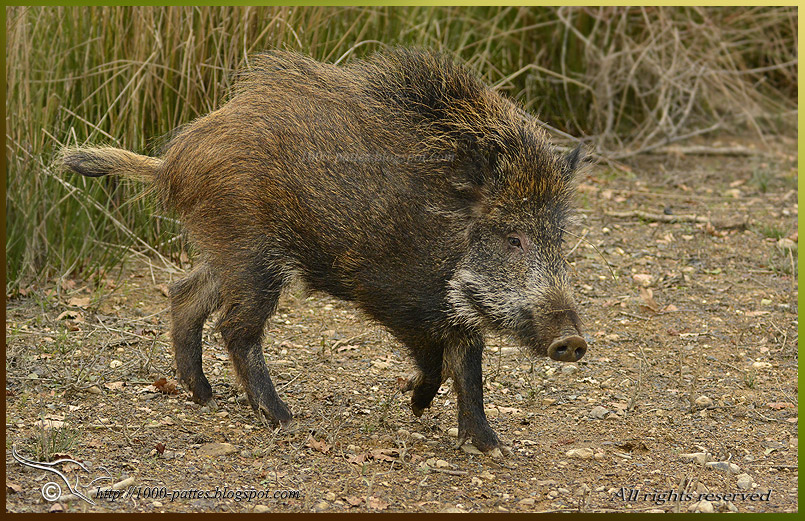
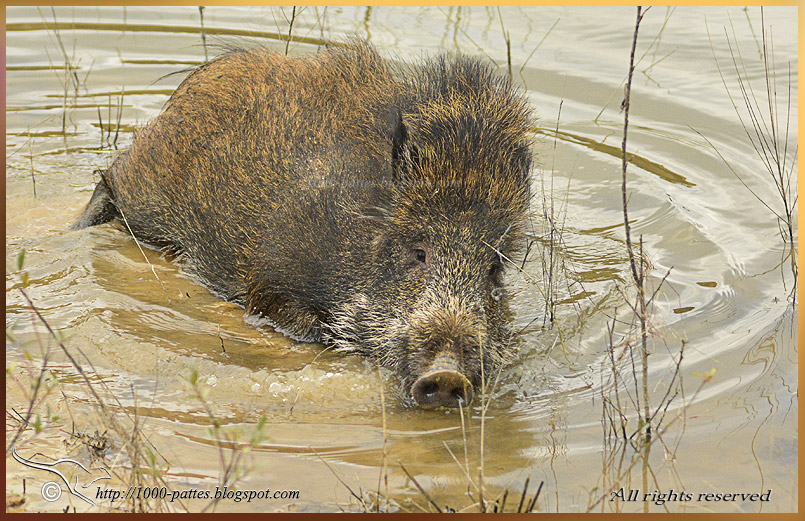
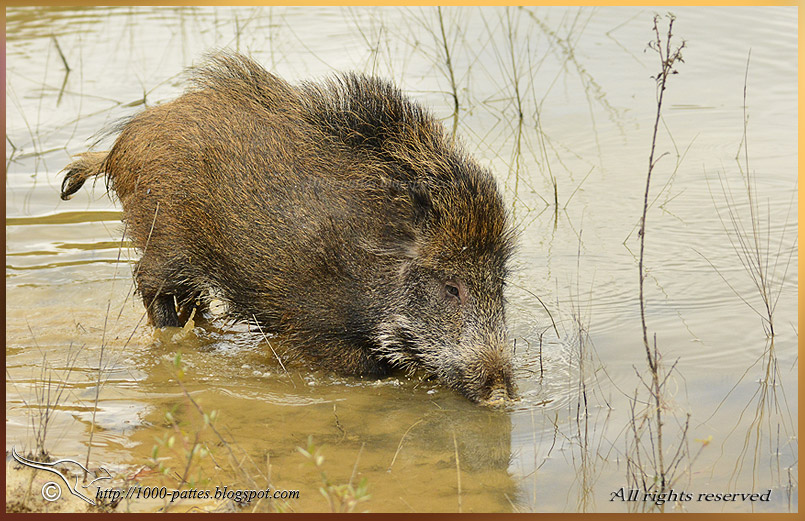

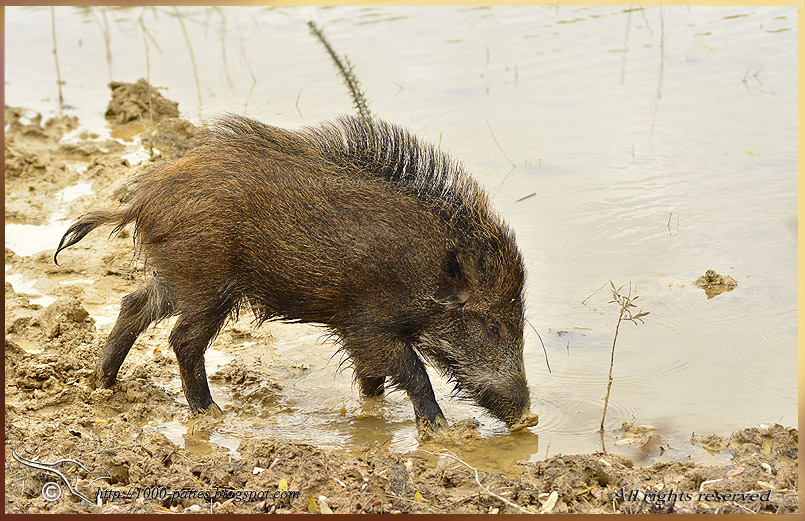
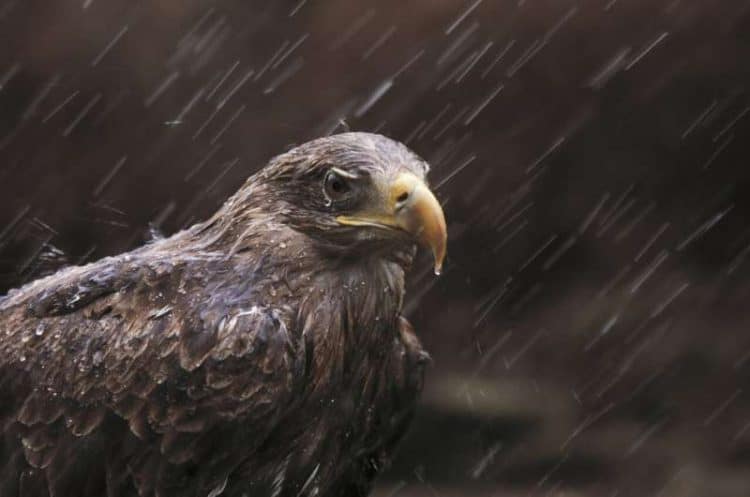
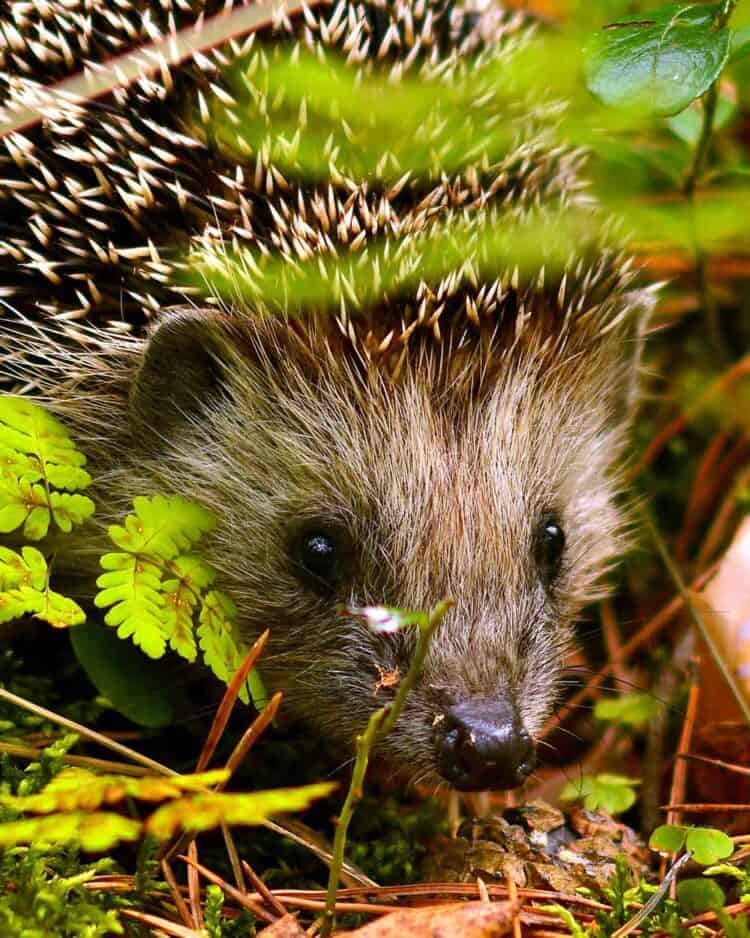
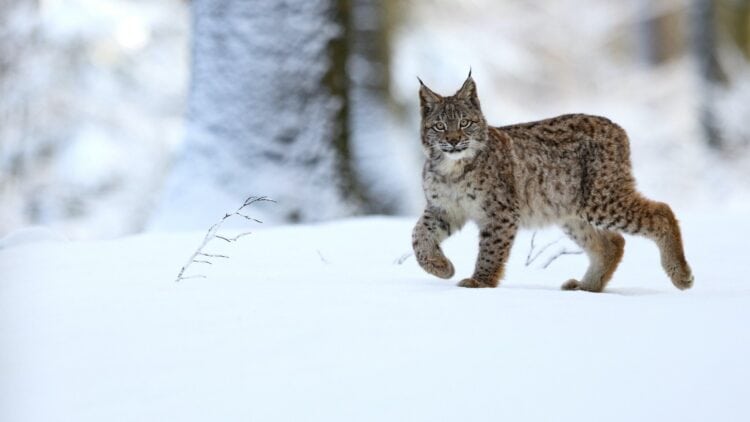

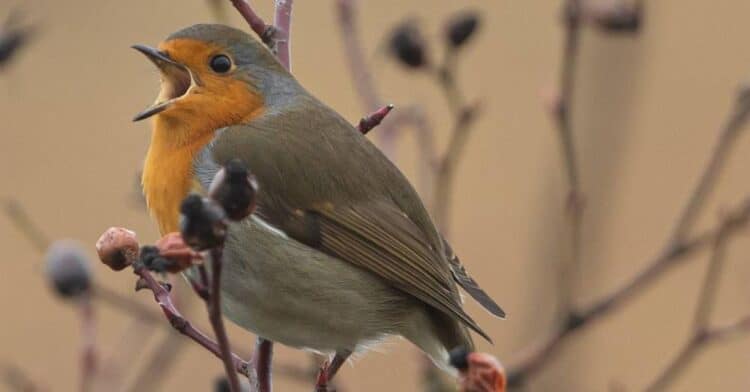
Leave a Reply